[Disclosure: WoodAndShop.com is supported by its audience. When you purchase through certain links on our site, we may earn a small affiliate commission, at no cost to you. Learn more.]
Buying an antique metal hand plane not only provides excitement & nostalgia, but also a huge potential financial savings! Below you’ll see what I look for when buying old hand planes from flea markets, junk shops, farmers, or eBay. You can also read my separate article on choosing wooden hand planes.
- MISSING OR BROKEN PARTS: When I first started buying old metal hand planes I didn’t understand the parts of the planes very well and occasionally came home with planes that had broken metal frogs, missing blades/irons, missing screws, or broken wooden totes & handles (not easily or cheaply replaced). Definitely steer clear of planes with cracks in the metal.
- RUST: Surface rust is okay when buying an antique hand plane, and can be easily removed. In fact, rust usually lowers the price and gives a great opportunity for value. Just make sure that you avoid “pitting”. Pitting is a result of rust eating away at the metal over time. It looks like the metal has been hit repeatedly with a nail. Some people remove the rust from the pitting, so keep an eye open for shiny pitting!
- JAPPANING: “Jappaning” is the paint that plane makers used to apply to plane parts. Most older planes are missing some japanning, which is okay…especially if you’re only concerned with function, not performance. But I really love beautiful planes. When I do substantial plane restorations I usually remove bad japanning and re-spray the parts with engine primer and black engine enamel. Or you can do some research on how to conduct traditional japanning to your plane (difficult).
I think those are the major pitfalls to look for when choosing an antique metal hand plane…please let me know if I missed something!
What models to look for? “Patrick’s Blood and Gore” website is a great resource for old Stanley hand plane model identification. You can also check out my Stanley bailey hand planer type study here.

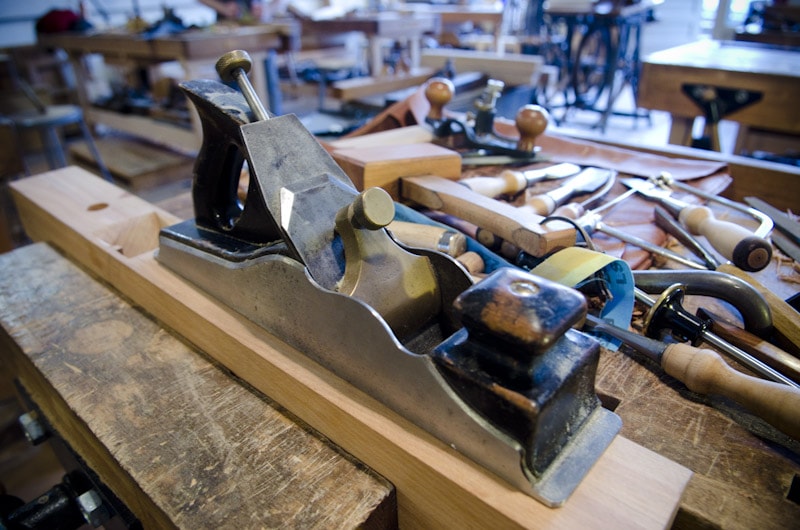
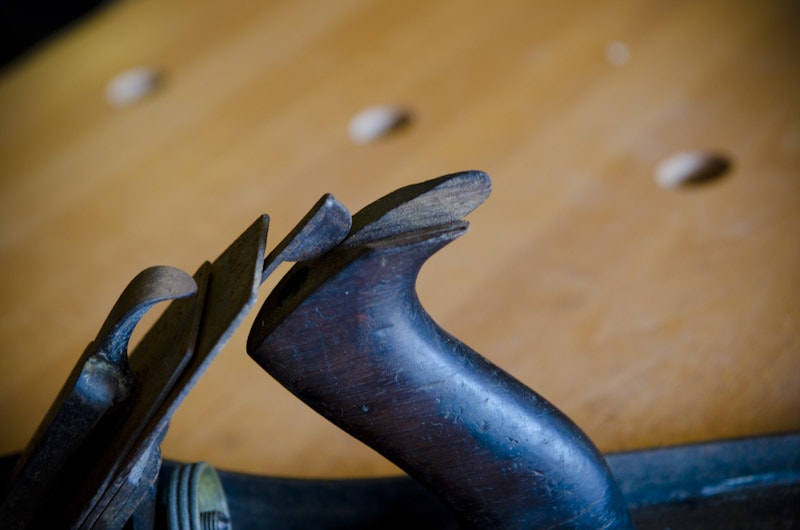
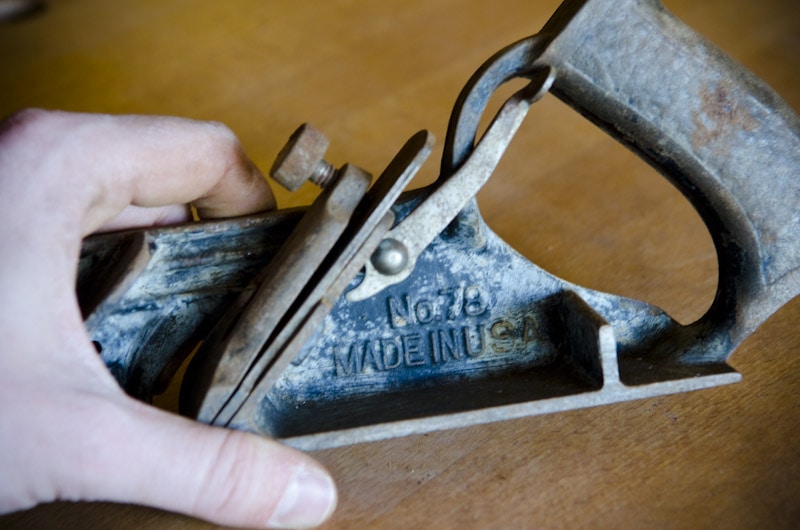
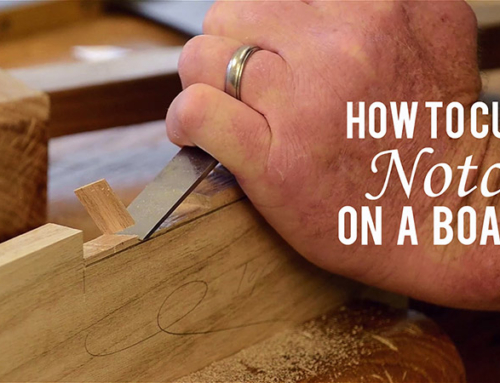
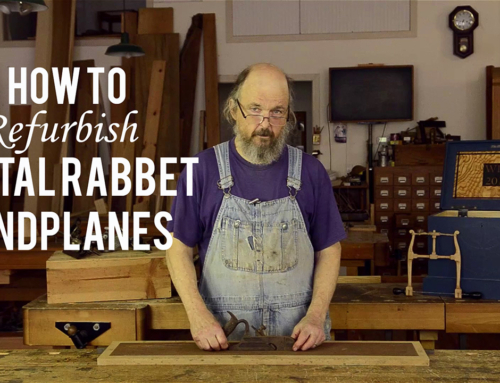
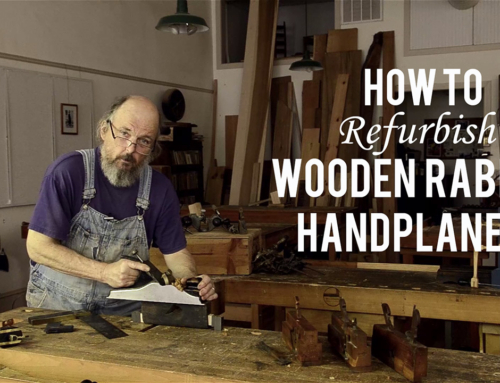

I usually take a ruler or piece of wood that I jointed and check the soles of the planes. Small hollows are no big deal but twist and convex deformations are more difficult to remove.
Hey Dylan, thanks for your input! How did you hear about my website?
Hi Joshua, i know this is an old article… But I wanted to ask for aome clarification about your method of repainting antique planes… In my experience, engine rated primers and even more specifically engine enamels will not fully cure until exposed to significant heat (400F or so)… Would it not be better, and potentially more cost effective, to use an etch primer and big box store “appliance enamel?” They tend to come as a white or black, high gloss… Read more »
Hey Hunter, I haven’t tried an etch primer or appliance enamel, but now I’m intrigued and am going to! Do you have a brand that you’ve tried? I haven’t had any issues with the engine primers & paints, so even if they never “fully” cure (and if 400 degrees is the only way to do that I guess it won’t get there), it’s been working fine for years.
Shoulda had this a few weeks ago before I excitedly bought 2 planes at flea market only to discover replacing the missing parts would more than defeat any perceived value. Did score a lovely chisel though
Well, at least you’ll know what to avoid in the future Jim!